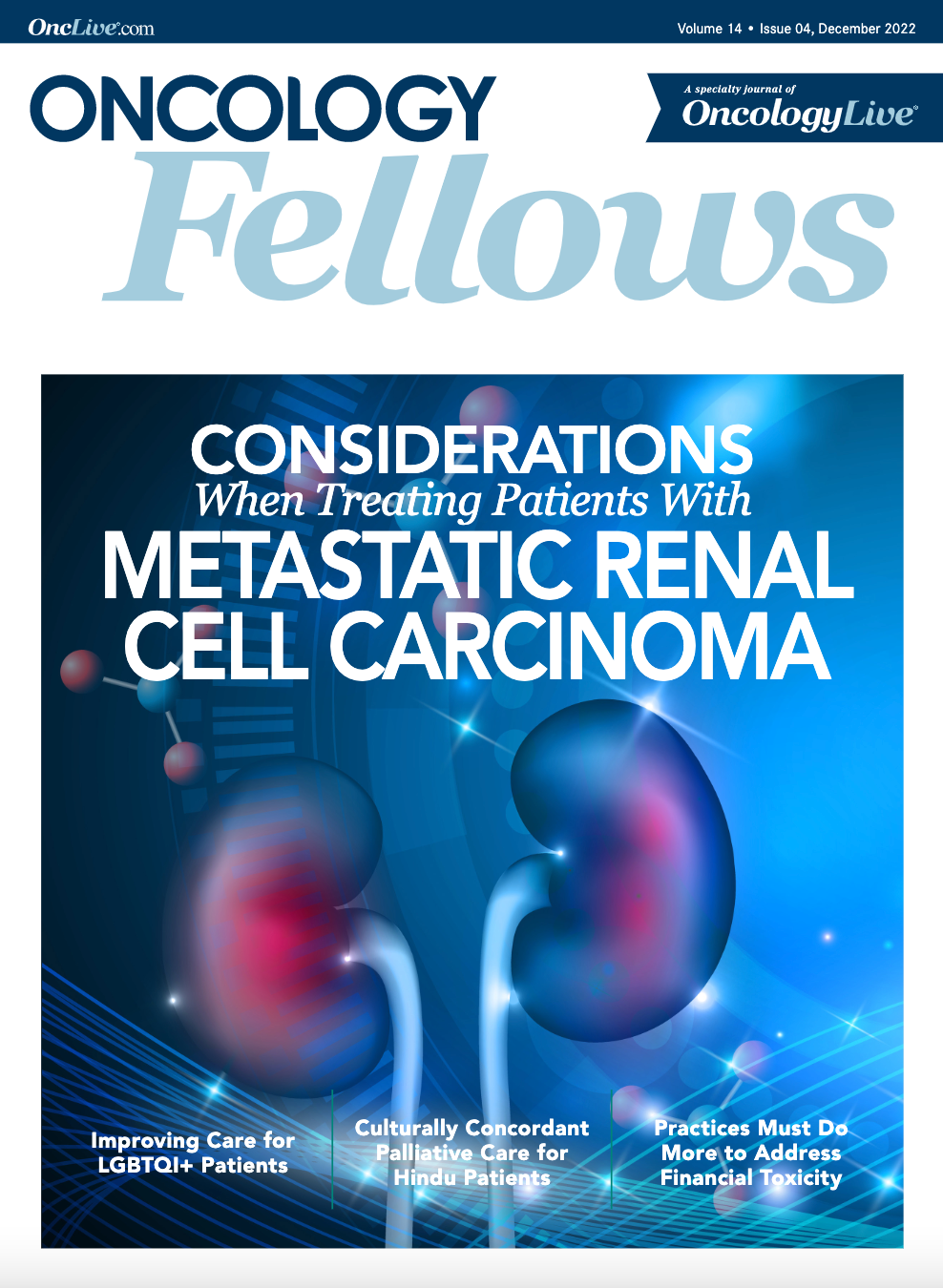Publication
Article
A New Take on Preclinical Drug Trials for Glioblastoma Treatment
Author(s):
The Ivy Brain Tumor Center at Barrow Neurological Institute in Phoenix, Arizona, is attempting to change the way preclinical studies are developed and conducted to assess the efficacy of drugs for glioblastoma multiforme.
Costanza Lo Cascio, PhD

Glioblastoma Multiforme (GBM) is the most aggressive form of primary brain cancer affecting adults. It is a devastating disease with an extremely poor prognosis, with a median survival of 14 to 16 months after treatment.1
The current standard of care, surgical resection followed by concurrent administration of radiation and temozolomide (Temodar), has remained unchanged for almost 2 decades.2,3 The FDA has not approved a drug for GBM since temozolomide, and no novel agents have been shown to prolong patient survival.
One of the reasons underlying the clinical failure of promising therapeutics in GBM is inadequate testing of novel treatments at the preclinical level. The Ivy Brain Tumor Center at Barrow Neurological Institute in Phoenix, Arizona, is attempting to subvert this pattern by changing the way preclinical studies are developed and conducted to assess the efficacy of drugs for GBM.
One of the biggest challenges in the field of brain cancer treatment is that most drugs cannot cross the blood-brain barrier (BBB), which prevents the passage of potentially harmful substances, including drugs, into brain tissue.4,5 Because these drugs cannot enter the brain, they fail to accumulate within GBM tissue at therapeutically relevant concentrations, resulting in clinical failure.6
Although assessment of drug pharmacokinetics (PK) in GBM clinical trials is becoming more common, PK properties of most drugs are not routinely assessed in preclinical models of GBM. However, all new drugs tested at the Ivy Brain Tumor Center are extensively screened for 2 essential parameters: does the drug accumulate in sufficient concentrations within the tumor tissue, and, if so, is the drug exerting its intended pharmacodynamic (PD) effects on the tumor cells? We use this extensive PK-PD paired analysis approach to conclusively determine the translational potential of any drug in preclinical models of GBM. Our goal is to accelerate the translation of encouraging preclinical findings into new therapies for patients.
In a preprint available on the server BioRxiv, we report a comprehensive PK-PD correlation analysis in preclinical models of GBM for the second-generation HDAC inhibitor quisinostat.7 Quisinostat was chosen as a promising agent as it has high specificity for HDAC1, a protein that we previously demonstrated is essential for the survival of cancer stem cells present in GBM.
We first conducted preliminary in vitro studies to examine the efficacy of quisinostat against patient-derived GBM cell lines and found that the agent potently reduced viability of GBM cells at low nanomolar concentrations. Intriguingly, when we examined the molecular consequences of quisinostat treatment in more detail, we found that short-term incubation with the drug resulted in extensive accumulation of DNA damage in GBM cells. The longer the incubation period with quisinostat, the greater the amount of DNA damage to cancer cells.
Because quisinostat acts as a DNA-damaging agent, we next questioned whether it could enhance the effects of radiation, which is the mainstay of GBM treatment.3 In other solid tumors, there is evidence that HDAC inhibitors can radio-sensitize cancer cells.8-12 We hypothesized that the accumulation of DNA damage induced by quisinostat in combination with radiation treatment would synergisti-cally reduce GBM cell viability. Indeed, we found that quisinostat robustly synergized with radiation treatment across multiple GBM cell lines.
Figure. Quisinostat, a Brain-Penetrant HDACi, Sensitizes GBM Cells to Radiation Treatment

The killer experiment was to determine whether quisinostat could cross an intact BBB. To address this question, we treated mice with quisinostat short-term and subsequently collected their plasma and brain for matched PK and PD analyses.
It is worth noting that while PK analyses are sometimes performed in preclinical trials for a variety of different brain tumors, these studies typically only measure the total brain-to-plasma concentration ratio as a measure of drug-brain penetration.13-15 However, the value of this ratio is rather limited and may lead to erroneous conclusions as it does not consider the protein- or lipid-binding fraction of drug in the plasma and the brain.16
We employed a method called equilibrium dialysis to measure the unbound, or “free,” drug concentrations which represent the pharmacologically active fraction of a drug. We found that although total levels of quisinostat were abundant in the brain, only a very small fraction of the drug was unbound. Nevertheless, these low concentrations were sufficient to induce robust target modula-tion (PD response) in brain tissue. After establishing that quisinostat is indeed a BBB-penetrant drug, we subsequently assessed its efficacy by treating tumor-bearing mice with either quisinostat, radiation or a therapy combining the two. While quisinostat alone did not provide a survival benefit, when combined with radiation, all animals lived significantly longer compared with radiation monotherapy. To the best of our knowledge, this is the first report demon-strating that quisinostat can act as a potent radiosensi-tizer in any preclinical cancer model.
Interestingly, RNA-sequencing analysis of the resulting tumors revealed that combination therapy caused tumor cells to adopt neuronal-like cell fates, increase the levels of oxidative stress, and dampen the expression of genes involved in DNA repair and cell division. This suggests that concurrent treatment with quisinostat and radiation can induce transcriptional changes that promote cellular differentiation, cell cycle arrest and cell death.
The identification of drugs that can enhance the effects of radiation treatment is an intense area of research within the field of neuro-oncology. Here, we provide the first report that quisinostat is a brain-penetrant HDAC inhibitor with potent radiosensitizing properties in preclinical models GBM. Our findings also have impor-tant implications for the management of other malignancies—such as prostate, colon, lung, and esophageal cancer—wherein HDACs are frequently overexpressed and where radiation is commonly used as a treatment modality.17,18
References
- Janjua TI, Rewatkar P, Ahmed-Cox A, et al. Frontiers in the treatment of glioblastoma: Past, present and emerging. Adv Drug Deliv Rev. 2021;171:108-138. doi:10.1016/j.addr.2021.01.012
- Davis ME. Glioblastoma: Overview of Disease and Treatment. Clin J Oncol Nurs. 2016;20(5 Suppl):S2-8. doi:10.1188/16.CJON.S1.2-8
- Stupp R, Mason WP, van den Bent MJ, et al. Radiotherapy plus concomitant and adjuvant temozolomide for glioblastoma. N Engl J Med. 2005;352(10):987-96. doi:10.1056/NEJMoa043330
- Sweeney MD, Zhao Z, Montagne A, Nelson AR, Zlokovic BV. Blood-Brain Barrier: From Physiology to Disease and Back. Physiol Rev. 2019;99(1):21-78. doi:10.1152/physrev.00050.2017
- Arvanitis CD, Ferraro GB, Jain RK. The blood-brain barrier and blood-tumour barrier in brain tumours and metastases. Nat Rev Cancer. 2020;20(1):26-41. doi:10.1038/s41568-019-0205-x
- Sanai N. Phase 0 Clinical Trial Strategies for the Neurosurgical Oncologist. Neurosurgery. 2019;85(6):E967-E974. doi:10.1093/neuros/nyz218
- Cascio CL, Margaryan T, Melendez EL, et al. Quisinostat is a brain-penetrant radiosensitizer in glioblastoma. bioRxiv. 2022.11.09.515859. doi:10.1101/2022.11.09.515859
- Camphausen K, Burgan W, Cerra M, et al. Enhanced radiation-induced cell killing and prolongation of gammaH2AX foci expression by the histone deacetylase inhibitor MS-275. Cancer Res. 2004;64(1):316-21. doi:10.1158/0008-5472.can-03-2630
- Miller KM, Tjeertes JV, Coates J, et al. Human HDAC1 and HDAC2 function in the DNA-damage response to promote DNA nonhomologous end-joining. Nat Struct Mol Biol. 2010;17(9):1144-51. doi:10.1038/nsmb.1899
- Munshi A, Kurland JF, Nishikawa T, et al. Histone deacetylase inhibitors radiosensitize human melanoma cells by suppressing DNA repair activity. Clin Cancer Res. 2005;11(13):4912-22. doi:10.1158/1078-0432.CCR-04-2088
- Groselj B, Sharma NL, Hamdy FC, Kerr M, Kiltie AE. Histone deacetylase inhibitors as radiosensitisers: effects on DNA damage signalling and repair. Br J Cancer. 2013;108(4):748-54. doi:10.1038/bjc.2013.21
- Zhang F, Zhang T, Teng ZH, Zhang R, Wang JB, Mei QB. Sensitization to gamma-irradiation-induced cell cycle arrest and apoptosis by the histone deacetylase inhibitor trichostatin A in non-small cell lung cancer (NSCLC) cells. Cancer Biol Ther. 2009;8(9):823-31. doi:10.4161/cbt.8.9.8143
- Verreault M, Schmitt C, Goldwirt L, et al. Preclinical Efficacy of the MDM2 Inhibitor RG7112 in MDM2-Amplified and TP53 Wild-type Glioblastomas. Clin Cancer Res. 2016;22(5):1185-96. doi:10.1158/1078-0432.CCR-15-1015
- Kizilbash SH, Gupta SK, Parrish KE, et al. In vivo efficacy of tesevatinib in EGFR-amplified patient-derived xenograft glioblastoma models may be limited by tissue binding and compensatory signaling. Mol Cancer Ther. 2021;20(6):1009-1018. doi:10.1158/1535-7163.MCT-20-0640
- Sachamitr P, Ho JC, Ciamponi FE, et al. PRMT5 inhibition disrupts splicing and stemness in glioblastoma. Nat Commun. 2021;12(1):979. doi:10.1038/s41467-021-21204-5
- Gonzalez D, Schmidt S, Derendorf H. Importance of relating efficacy measures to unbound drug concentrations for anti-infective agents. Clin Microbiol Rev. 2013;26(2):274-88. doi:10.1128/CMR.00092-12
- Robert C, Rassool FV. HDAC inhibitors: roles of DNA damage and repair. Adv Cancer Res. 2012;116:87-129. doi:10.1016/B978-0-12-394387-3.00003-3
- Schaue D, McBride WH. Opportunities and challenges of radiotherapy for treating cancer. Nat Rev Clin Oncol. 2015;12(9):527-40. doi:10.1038/nrclinonc.2015.120










